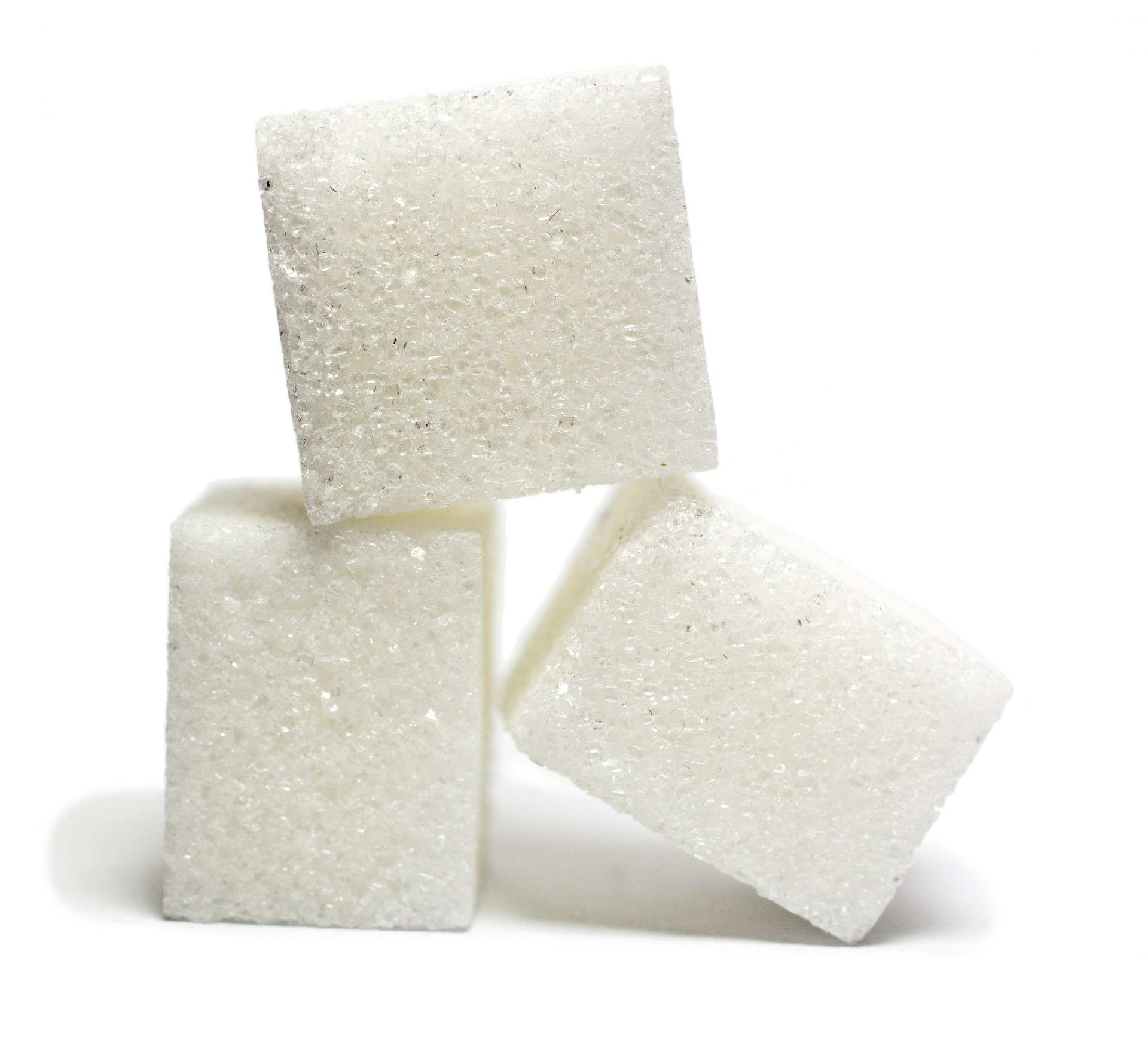Critics of the U.S. sugar program latched onto a recent Congressional Budget Office (CBO) report that projects a cost to taxpayers of $138 million.
Sounds like a lot. But not really. Certainly not by comparison. And not even true.
First, the $138 million projection is over a ten year period ranging from 2017 through 2026. The program cost taxpayers nothing last year. Will cost nothing this year. And is projected to cost nothing in 2017, 2018 and 2019.
CBO projects, in gazing into a rather cloudy crystal ball, that the program might – MIGHT – cost taxpayers $8 million in 2020, $13 million in 2021, $16 million in 2022, $22 million in 2023, $24 million in 2024, $26 million in 2025 and $29 million in 2026.
But this is all guesswork.
And CBO’s guesses have been less than reliable in the past. For example, in 2008 CBO guessed the sugar program was going to cost taxpayers $68 million. It ended up costing…um, zero.
CBO projected the sugar program would cost $113 million in 2009. Its actual cost? Zero.
CBO said the cost would be $117 million in 2010. Again, the actual cost was zero. Ditto the $110 million projected in 2011, the $112 million projected in 2012 and the $124 million projected in 2014. The actual cost in all of those years?
Zero. Zip. Zilch. Nada.
Ditto 2003, 2004, 2005, 2006 and 2007. All years in which the U.S. sugar program didn’t cost taxpayers so much as a plug nickel.
To be fair, however, the sugar program did cost taxpayers money in 2013, to the tune of $259 million. However…
To be even more fair, that was the year that Mexico was caught dumping truckloads of government-subsidized sugar on the U.S. market in violation of U.S. Trade law — an abuse that caused the anomaly.
Mexico has since had its wrist slapped and a consent agreement has been reached to prevent any re-occurrence.
That said, CBO’s projections, even if accepted and taken at face value, are chump change by comparison to other U.S. crop programs.
For example, CBO projects the wheat program will cost taxpayers $894 million, the rice program $385 million, the soybeans program $460 million, and the peanut program $687 million just in 2026 alone.
One last point: The projected sugar program costs starting in 2020 are based on the fact the current farm bill expires that year. But a new farm bill can and certainly will be constructed so that sugar’s no-cost-to-taxpayer program is extended.
So the $138 million projection by sugar program critics is, to say the least, greatly exaggerated.



